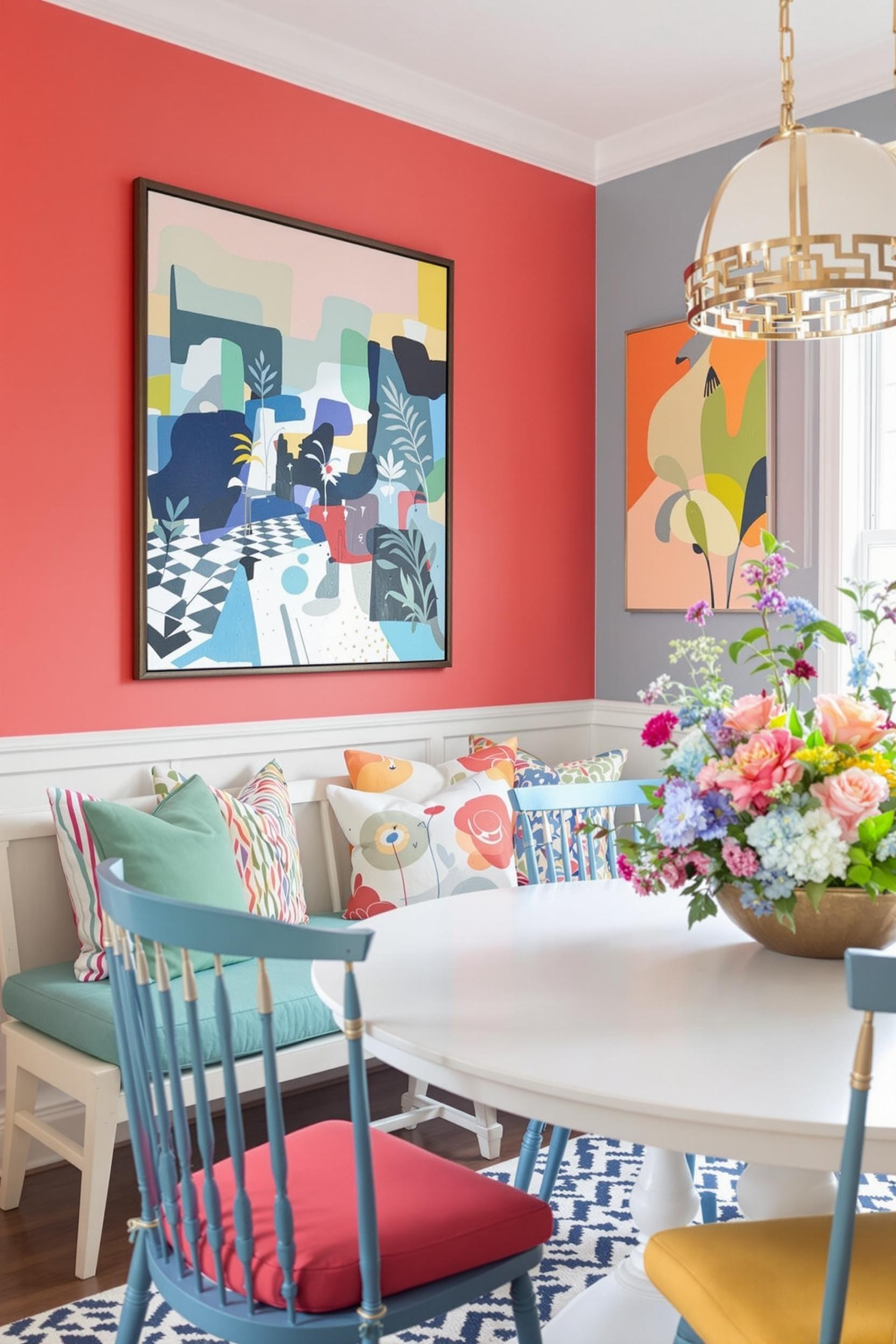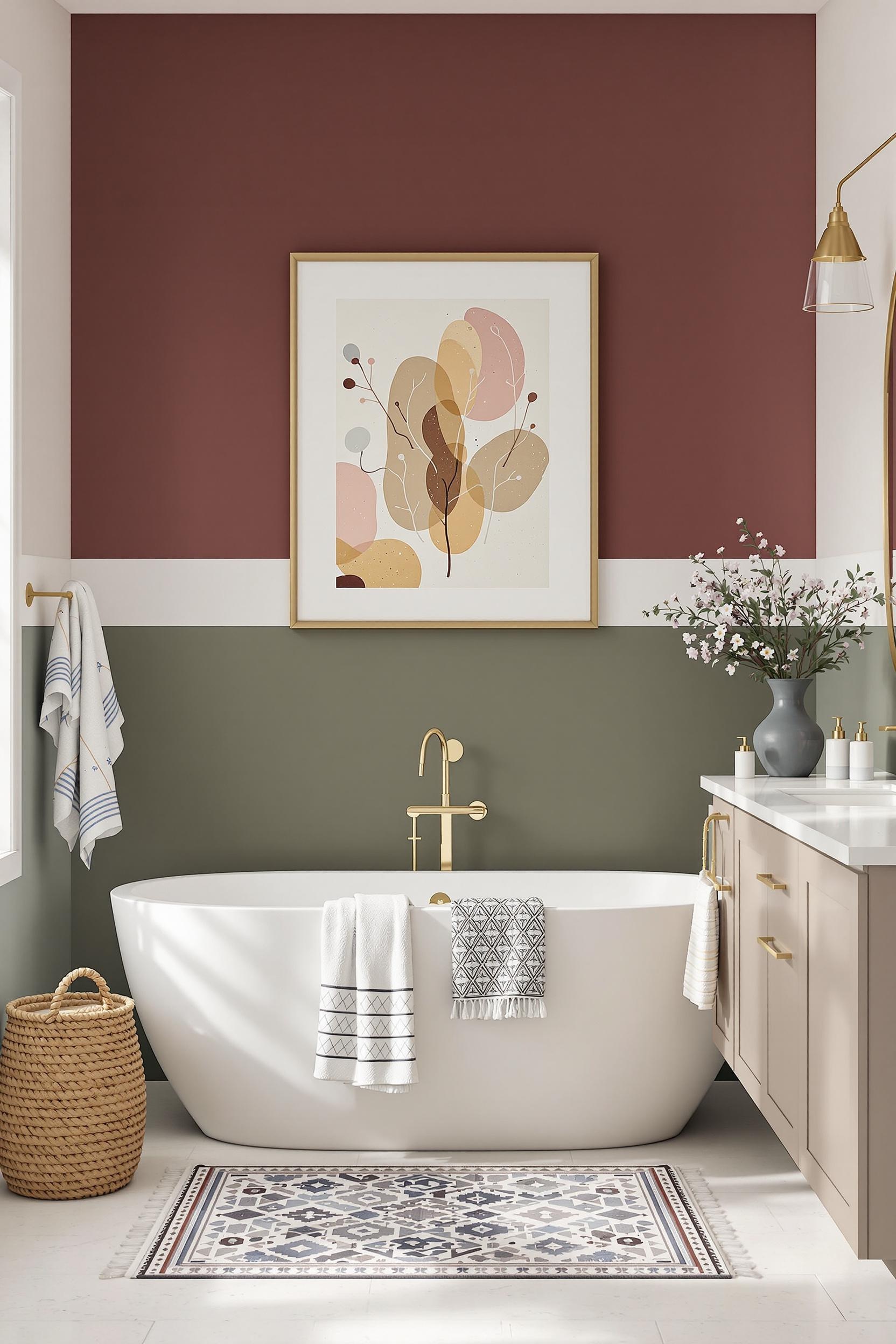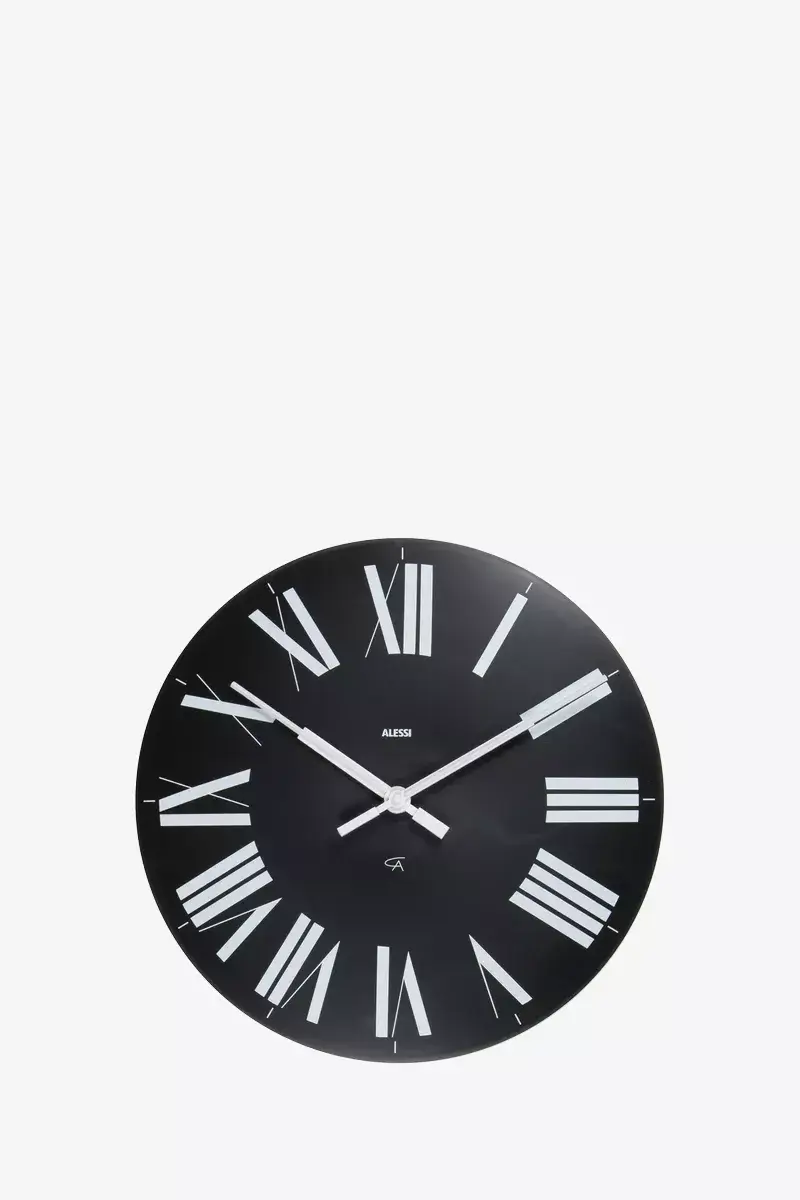
Mastering Color Blocking: How to Use Bold Design in Minimalist Home Decor
Understanding Color Blocking in Interior Design
Color blocking in interior design is more than a flashy trend. It’s a clever use of large, contrasting blocks of color to customize a space with purpose. Whether you’re exploring minimalist room design or looking to add emotional depth, color blocking helps you tell a story with style and simplicity. In fact, it’s a favorite technique of those who love modern interior design and want to elevate their home without clutter.
I’ve used this design method in homes ranging from compact apartments to luxury penthouses. Color blocking works equally well across all home sizes by defining zones, adding focus, and enhancing the room’s energy. It blends beautifully with sustainable interior design strategies too, allowing you to incorporate durable paints, eco-friendly materials, and mindful color choices.
Psychology & Strategy: Why Color Blocking Works
Colors Speak Louder Than Words
Le Corbusier’s foundational work, Polychromie architecturale, teaches us that color palettes should consider human emotion. Warm colors—like red, orange, and yellow—stimulate activity, perfect for home offices or kitchens. Cooler shades—such as soft blue or sage green—evoke peace, ideal for bedrooms and bathrooms. Color blocking in your bathroom, for example, can become a self-care ritual rather than just decor.
Zones Without Physical Walls
Strategic color zoning is a game changer for open-concept designs or small studio apartments. These blocks act like imaginary walls—defining dining from living room or work-from-home zones from rest spaces. This is especially useful in places lacking clear boundaries like lofts and tiny homes.
You can instantly add structure with a painted color-block divider or even with multipurpose rugs that contrast with the flooring. Check out the idea of color-blocked furniture enhancements I’ve used that double as both statement pieces and internal zoning aids.
Color Blocking Techniques to Make a Home Stunning
Layering with Neutrals and Bold Colors
Minimalist design thrives on neutrality—white walls, wood accents, and soft grays. But I like to make statements using vibrant details layered over that neutral base. A sleek black chair against a pastel wall or a navy blue arch behind the bed keeps the design grounded and impactful.
Use of Geometric Shapes
My go-to approach? Clean lines and bold shapes. I often tape off large triangles, arches, and rectangles on a wall and fill them with bold hues—like mustard yellow, terracotta, or dark teal. These shapes feel modern and fresh while guiding the eye through the room. For inspiration, peek into this article on bold colors in minimalist spaces. It includes my step-by-step for geometric painting and color layering.
Stick With the 60-30-10 Rule
In design, ratios matter. For a balanced room, use 60% as your base (usually neutral), 30% as a secondary color, and 10% for accents. This keeps the room from feeling chaotic while still adding the energy that bold, blocked colors bring.
Top Color Trends for 2025
As we approach 2025, I see soft pastels, neon-gray mixes, and slow ombré transitions gaining traction. These work well in minimalist settings because they feel artistic yet subtle. I highlight five winning combinations in my post on top paint ideas for minimalist color blocking.
Room-by-Room Color Block Applications
Living Room
The living room is where bold meets calm. I like to place a strong color block behind a color-blocked statement sofa or frame a bookshelf with vertical color stripes. You can also use a painted block on the ceiling to define this area in open-concept homes.
Bedroom
Your sleep space deserves tones that calm. Try muted blues or pinks in rectangular blocks behind your bed. My post about headboard color blocking techniques showcases easy weekend projects to refresh your bedroom walls.
Kitchen
Add depth with color-blocked kitchen cabinets—using one shade on upper cabinets and another on lower ones. This strategy works beautifully if you have an open-concept kitchen connected to your dining or lounge area.
Office or Nook
Small workspaces feel more energizing with a vibrant wall behind your desk or floating shelves. This office color zoning resource gives examples of calming hues that keep your energy balanced through long workdays.
Entryway or Hallway
Never overlook these “in-between” spaces. A color block painted on the hallway wall serves as a natural art piece. Try emerald green or cobalt blue on one portion of the wall to lead guests into the heart of your home. See more tips on this in my entryway color layering feature.
Color Blocking Demystified: Your Essential FAQ Guide
Q1: What exactly is color blocking in interior design?
Color blocking is a way of visually separating parts of a room using large, geometric color areas. It’s often used in minimalist designs to add detail without clutter. It helps define space, add mood, and capture attention. See more in this guide for minimalist color blocking.
Q2: How can color blocking make a small room look larger?
Using vertical color blocks in small rooms draws the eye upward. You can also break monotony by painting one section, like behind your bed or desk, to create depth.
Q3: What are ideal color combinations for minimalist spaces?
Try white and deep navy, dove gray and blush pink, or beige with burnt orange. I’ve loved combining muted bases with sharp accents in my own studio for dramatic impact.
Q4: Can renters use this technique?
Yes! Use removable color-blocked wallpaper, wall decals, curtains, rugs, or art. You don’t need paint to participate. Even a painted bed frame can do wonders for your bedroom design.
Q5: How do I choose the right color palette?
Think about light and your current furniture. Choose shades that reflect your personality. I recommend checking these 2025 interior color ideas to help you start.
Unlock Your Design Potential: Color Blocking Mastery Starts Here
Transform Your Home with Confidence: Color Blocking Design Revolution
Now that you understand the power of color blocking, take your decor to the next level. This journey isn’t just about color—it’s about emotion, space, and identity.
Exclusive Design Insights: Your Personal Color Blocking Toolkit
I’ve created the Color Blocking Mastery Newsletter to hand you design secrets normally reserved for pros:
- Expert techniques for minimalist homes
- Monthly color trend updates
- Psychological guides for impactful color placement
- Success stories and interviews from top designers
Personalized Color Blocking Support
The newsletter also includes personalized tips tailored to your space. Whether you have a narrow hallway or a wide loft, you’ll find examples and plans that match your needs. Learn how to build emotional responses with color, not just decoration.
Unlock Your Design Potential Now!
Ready to Begin Your Color Blocking Journey?
Color blocking gives you control over both energy and order in your home. Whether it’s a rental, a tiny studio, or a forever home, you can make a big change with a little paint—or even just colorful accessories. Try one idea this week; you’ll see how your space transforms fast.






